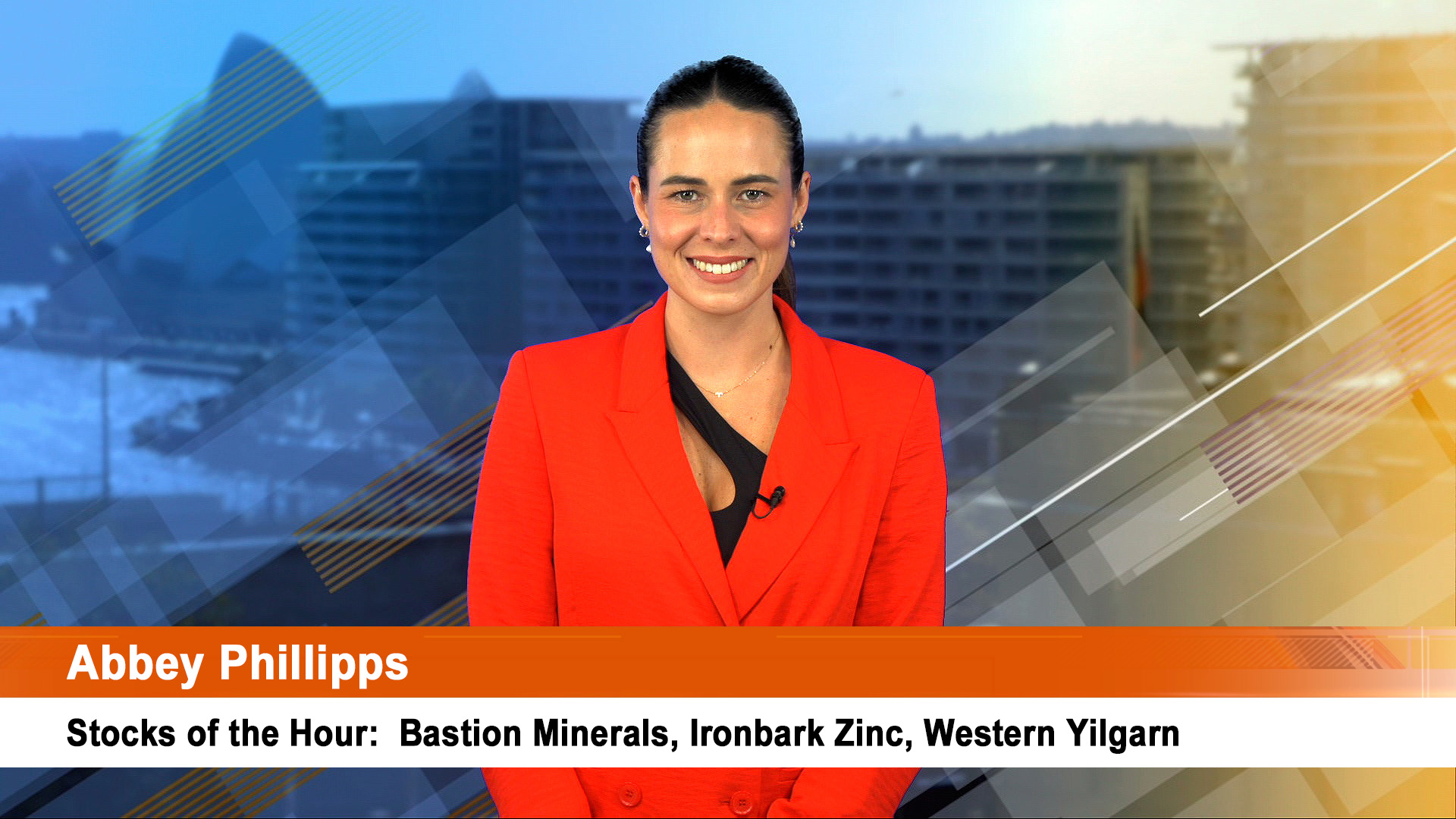The Reserve Bank has made clear that it sees no reason to cut interest rates or force the value of the Australian dollar lower simply to help sections of the economy that are doing it tough at the moment.
Some might see that as hard-hearted or out of touch, far from it.
As a speech yesterday from Reserve Bank Deputy Governor Phillip Lowe makes clear, our high interest rates and dollar are helping keep the economy on the straight and narrow, making sure we don’t lurch into one of our oldest sins, being unable to cope with success.
He says the current stance of monetary policy is aimed at keeping inflation as low as possible and the economy steady while allowing the boom to run through the economy, and the current bout of structural change to occur without adding to the considerable problems and pressures these changes are causing.
Too many times in the past Australia and Australian governments have frittered away the hard won benefits of a boom (think the Korean War boom in the early 1950s, the first oil resources boom in the late 1970s and the second in the late 1980s).
Government’s spent the winnings before they were banked, inflation got out of control and we ended with a bust, most notable in the early 1990s.
Since then the Australian economy has escaped recession and slump on several occasions, thanks to the Reserve Bank gaining control of monetary policy, setting an inflation target independent of government and business, and sticking to it, and allowing the dollar to rise and fall (and only attempting to limit rapid price movements which could destabilise the economy).
Aided by solid government policy (the Howard Government from 1996 to 1998 in combating the big budget deficit and the Asian crisis, and then the Rudd Government in 2007-09) we have managed to avoid slump and disaster.
But now we are faced with the greatest challenge: the biggest resources boom in our history, a surge in national income from very high terms of trade and making sure the benefits flow as evenly as possible through the economy and don’t set off an inflationary spiral that ends in a slump.
At the same time the combination of the boom the high value of the dollar and the rise in the internet is wreaking significant change on sectors of the economy: most notably retailing and manufacturing.

Manufacturing is being buffeted by a change in demand, the pressures caused by the dollar and imports, but it is changing with a rise in more elaborately transformed exports such as scientific equipment and advanced pharmaceuticals.
Also, this also a huge one-off significant structural change in an advanced economy is usually driven by a slump or recession: here it’s happening at a time when the economy is strong, employment is solid and as we saw with yesterday’s GDP data, growth is still happening.
Mr Lowe says the current stance of monetary policy is helping the RBA not only to pilot the economy through these uncertainties.
But he says that the structural change now happening "adds to the difficulty of assessing the balance between supply and demand in the economy. Given the historically unusual nature of the forces affecting the economy, history provides only limited guidance as to the magnitude of their ultimate effects.
"This is one reason why the Reserve Bank is devoting considerable resources to understanding these forces, including by frequently talking to businesses at the forefront of this structural adjustment," Mr Lowe said.
Mr Lowe says the main role for monetary policy is to keep inflation low and stable. "The current list of economic uncertainties is long enough without adding uncertainty about the general level of prices to the list.
"The task for monetary policy is to ensure stability in the overall economy so that difficult decisions at the firm and industry level are not further complicated by macroeconomic instability.
"In undertaking this task, the Bank needs to understand the forces driving structural change, and we are working hard on this. But it is important to recognise that the RBA can do little to affect these forces.
"As I said at last year’s Forum, the emergence of Asia as a major force in the global economy has shifted world relative prices and this underlies many of the changes that are occurring in the Australian economy.
"This shift in relative prices is not something that monetary policy in Australia can influence. It is driven by global developments and is causing adjustments not just in Australia, but around the world.
"Monetary policy in Australia can, however, help in our own adjustment process by keeping the overall economy on an even keel."
Mr Lowe says there is then the question of keeping the economy as flexible as possible. "To the extent that there are significant impediments to resources moving between industries and/or parts of the country, these impediments are likely to worsen the short-run trade-off between inflation and unemployment.
"While the degree of flexibility in the economy is determined by factors other than monetary policy, it can have an important bearing on overall macroeconomic outcomes."
And finally he says there’s the question of the high dollar and interest rates and whether these can change.
"Some who have argued this see part of the solution as being a material easing of monetary policy.
"The difficulty with this argument is that, at least on the evidence to date, something like the current combination of exchange rates and interest













